10 Best Herbal Tinctures For Periodontal Disease

Herbal tinctures have gained attention as complementary treatments for periodontal disease due to their potential anti-inflammatory and antimicrobial properties.
Commonly used herbs such as tea tree oil, echinacea, and goldenseal are believed to reduce bacterial growth and inflammation in the gums. These tinctures can be applied topically or used as part of a mouth rinse to support oral hygiene routines. However, their effectiveness varies, and they should not replace professional dental care.
It is important to consult with a dentist or healthcare provider before using herbal tinctures to ensure safety and appropriateness for individual health conditions.
FREE COURSE
How to make medicinal herbal tinctures for common ailments at home and in a weekend (using the Healing Drops System).

Table of Contents
1. Salvia officinalis
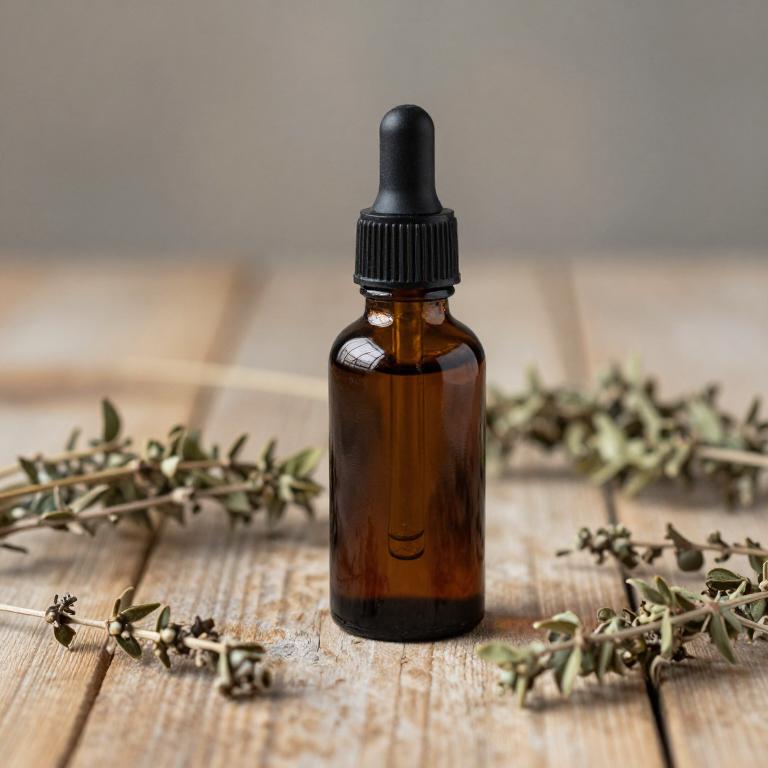
Salvia officinalis, commonly known as sage, has been traditionally used in herbal medicine for its antimicrobial and anti-inflammatory properties, making it a promising candidate for the treatment of periodontal disease.
Herbal tinctures made from Salvia officinalis can help reduce bacterial growth in the oral cavity, which is a primary contributor to gum inflammation and infection. Studies suggest that sage extract may inhibit the growth of pathogenic bacteria such as Porphyromonas gingivalis, a key player in periodontitis. These tinctures can be used as a complementary therapy alongside conventional treatments like scaling and root planing.
However, further clinical research is needed to fully establish their efficacy and safety in managing periodontal conditions.
2. Aloe barbadensis

Aloe barbadensis, commonly known as aloe vera, has been increasingly recognized for its potential benefits in the treatment of periodontal disease due to its anti-inflammatory and antimicrobial properties.
When used in the form of herbal tinctures, aloe vera can help reduce gum inflammation, inhibit the growth of harmful bacteria, and promote tissue repair in the oral cavity. These tinctures are often applied directly to the gums or used as a mouth rinse, offering a natural alternative to conventional treatments. Studies suggest that aloe vera may help decrease pocket depth and improve overall gum health, making it a promising adjunct in periodontal therapy.
However, more clinical research is needed to fully establish its efficacy and optimal usage in managing periodontal conditions.
3. Hypericum perforatum
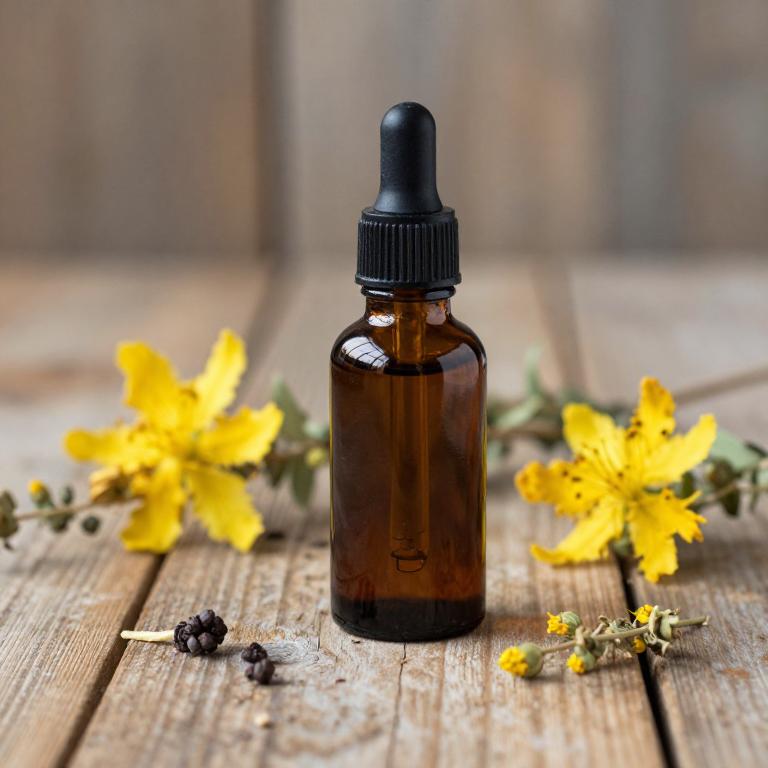
Hypericum perforatum, commonly known as St. John's Wort, is a herbal plant that has been traditionally used for its potential anti-inflammatory and antimicrobial properties.
While it is well-known for its use in treating mild depression, recent research suggests it may also have applications in oral health, particularly in the management of periodontal disease. Studies indicate that the active compounds in St. John's Wort, such as hypericin and hyperforin, can inhibit the growth of bacteria associated with gum inflammation and infection. As a result, hypericum perforatum herbal tinctures are being explored as a complementary therapy to support periodontal treatment regimens.
However, it is important to consult with a healthcare professional before using St. John's Wort, as it may interact with certain medications and affect the effectiveness of other treatments.
4. Echinacea purpurea
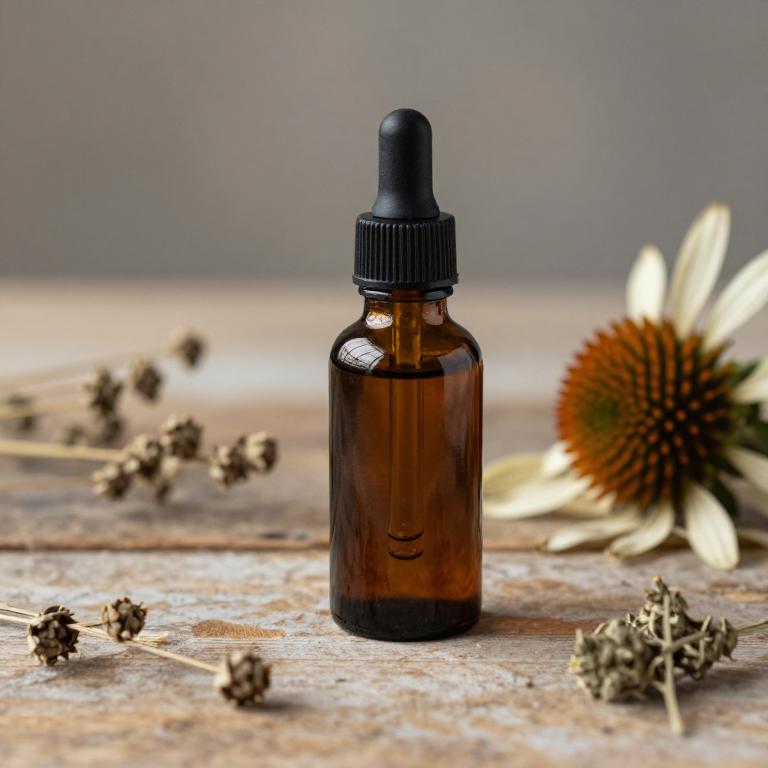
Echinacea purpurea, commonly known as purple coneflower, has been traditionally used for its immune-boosting properties, and recent research suggests it may also have potential benefits for periodontal disease.
Herbal tinctures made from Echinacea purpurea are often used as a complementary therapy to support gum health by reducing inflammation and bacterial load in the oral cavity. Studies indicate that the active compounds in echinacea, such as alkamides and polysaccharides, may inhibit the growth of harmful bacteria associated with periodontitis. While more clinical trials are needed, some dentists recommend echinacea tinctures as part of a holistic approach to managing gum disease.
However, it is important to consult with a healthcare professional before using echinacea, as it may interact with certain medications or conditions.
5. Zingiber officinale
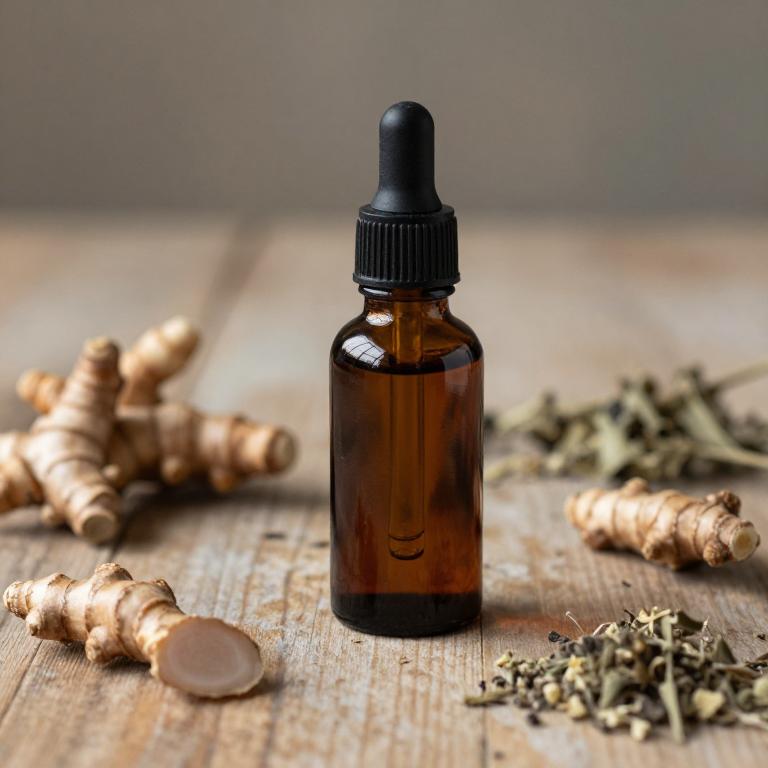
Zingiber officinale, commonly known as ginger, has been traditionally used for its anti-inflammatory and antimicrobial properties, making it a promising ingredient in herbal tinctures for periodontal disease.
These tinctures typically combine ginger extract with alcohol or other solvents to enhance the bioavailability of its active compounds, such as gingerol and shogaol. Studies suggest that ginger may help reduce gum inflammation, inhibit the growth of periodontal pathogens, and promote healing of infected tissues. When used as part of a holistic oral care regimen, ginger tinctures may support the management of mild to moderate periodontal conditions.
However, further clinical research is needed to fully establish their efficacy and safety in treating more severe forms of periodontal disease.
6. Cinnamomum verum
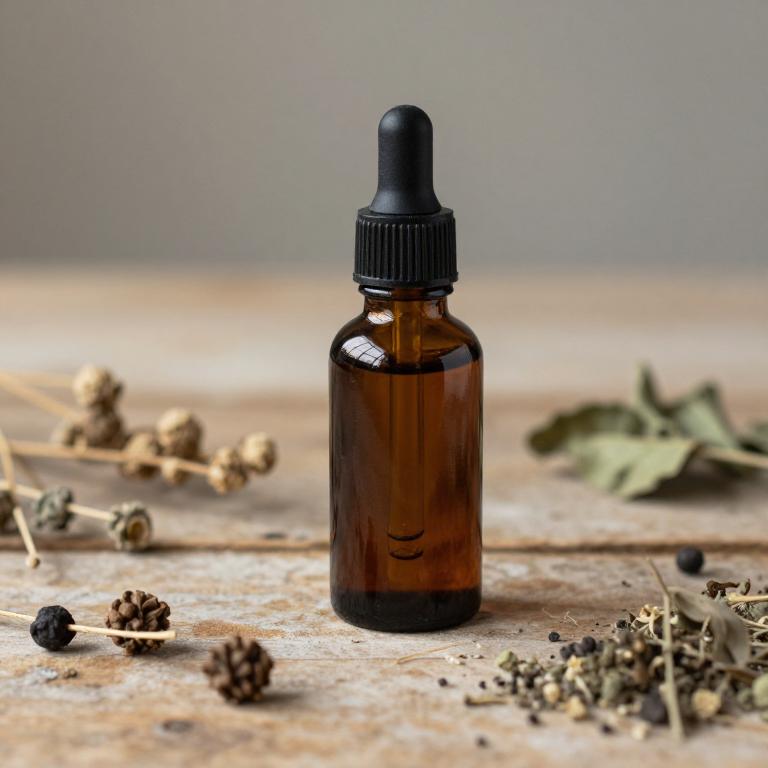
Cinnamomum verum, commonly known as cinnamon, has been traditionally used in herbal medicine for its potent anti-inflammatory and antimicrobial properties.
When prepared as a tincture, Cinnamomum verum can be used to support oral health by targeting the bacteria that contribute to periodontal disease. The active compounds in cinnamon, such as cinnamaldehyde and eugenol, help reduce gum inflammation and inhibit the growth of harmful oral pathogens. Herbal tinctures made from Cinnamomum verum may serve as a complementary therapy alongside conventional treatments for periodontal conditions.
However, it is important to consult with a healthcare provider before using cinnamon tinctures, as they may interact with certain medications or have contraindications for specific individuals.
7. Urtica dioica

Urtica dioica, commonly known as stinging nettle, has been traditionally used in herbal medicine for its anti-inflammatory and astringent properties.
When prepared as a tincture, Urtica dioica may support oral health by reducing gum inflammation and promoting tissue healing, which can be beneficial for individuals with periodontal disease. The tincture works by delivering concentrated extracts of the plant's active compounds, such as flavonoids and minerals, directly into the oral cavity. While it is not a substitute for professional dental care, some studies suggest that it may complement conventional treatments by enhancing the body's natural healing processes.
However, it is important to consult with a healthcare provider before using Urtica dioica tinctures, especially if you have existing health conditions or are taking other medications.
8. Silybum marianum
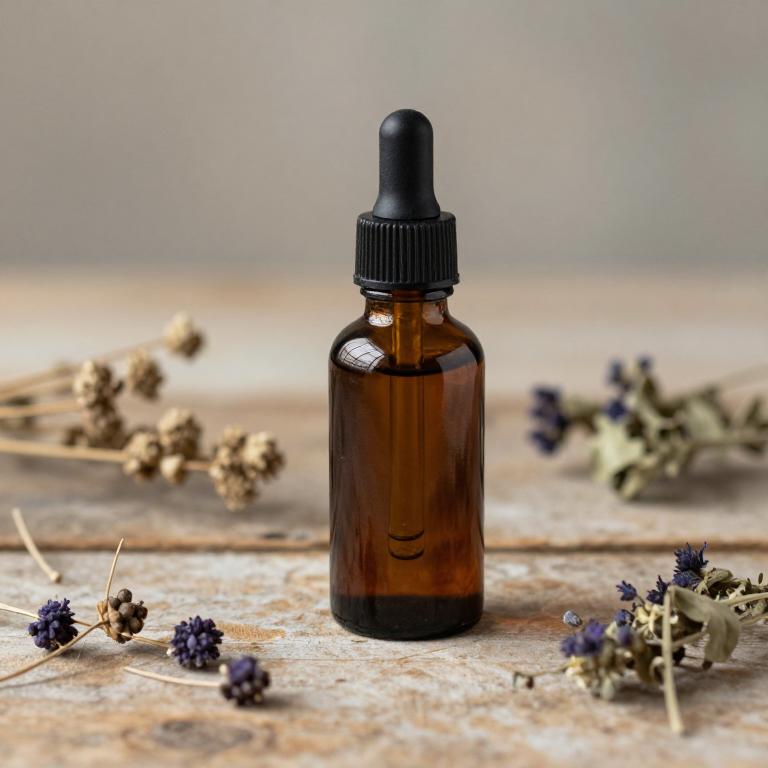
Silybum marianum, commonly known as milk thistle, is a herbal remedy that has been explored for its potential benefits in treating periodontal disease due to its anti-inflammatory and antioxidant properties.
The active compound, silymarin, is believed to help reduce inflammation and oxidative stress in the gums, which are key factors in the progression of periodontal disease. Herbal tinctures made from Silybum marianum may support gum health by promoting tissue repair and reducing bacterial biofilm formation. While preliminary research suggests promising results, more clinical studies are needed to fully establish its efficacy and safety in periodontal treatment.
As with any herbal supplement, it is important to consult with a healthcare professional before incorporating Silybum marianum tinctures into a periodontal care regimen.
9. Sanguinaria canadensis
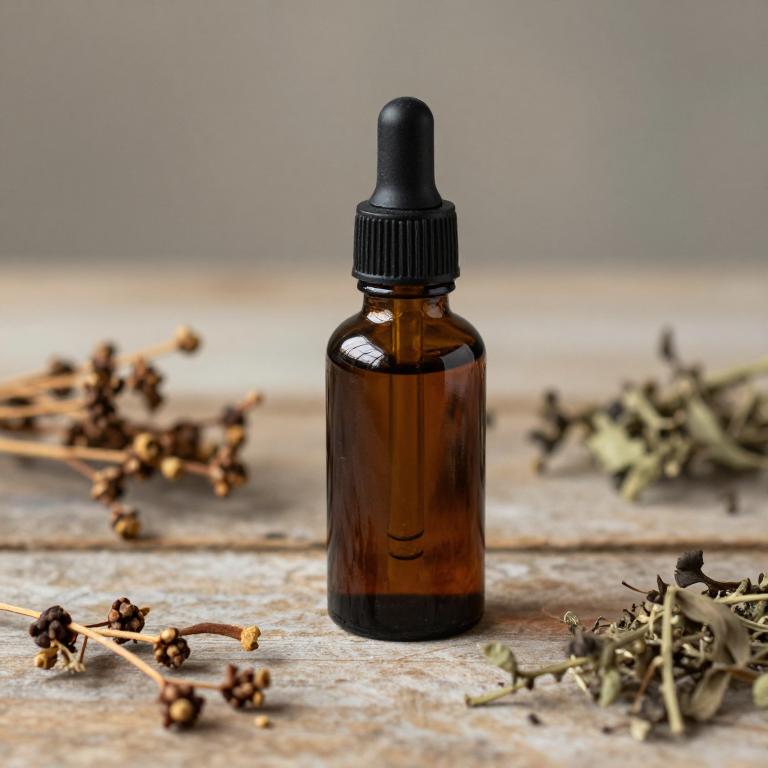
Sanguinaria canadensis, commonly known as bloodroot, has been traditionally used in herbal medicine for its potent anti-inflammatory and antimicrobial properties.
When prepared as a tincture, it may offer potential benefits for managing periodontal disease by reducing bacterial buildup and inflammation in the gums. However, due to its high concentration of alkaloids, it should be used with caution and under the guidance of a qualified herbalist or healthcare provider. While some studies suggest its efficacy in oral health, more clinical research is needed to confirm its safety and effectiveness for periodontal treatment.
As with any herbal remedy, it is important to consider potential side effects and interactions with other medications before use.
10. Ginkgo biloba
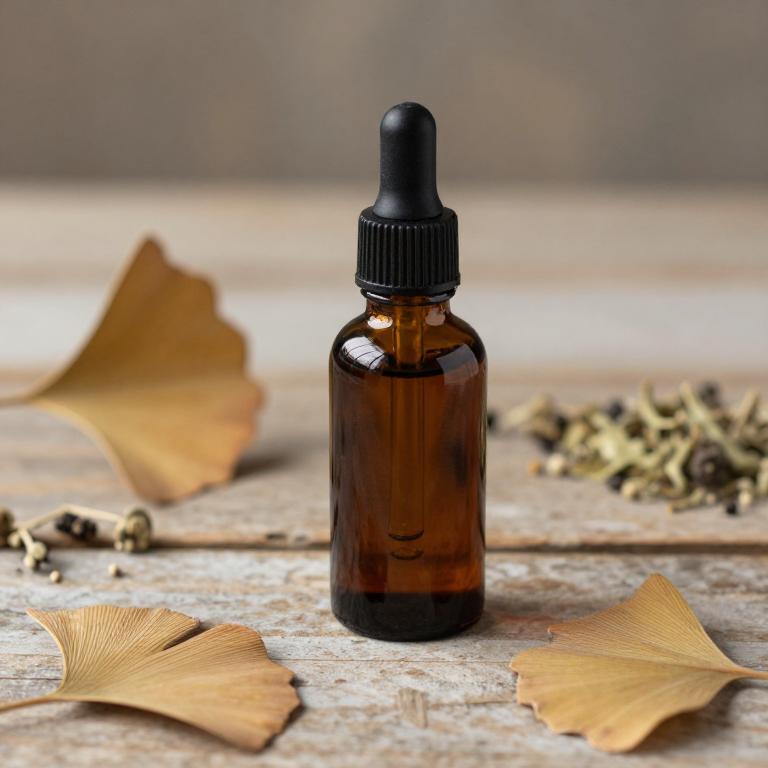
Ginkgo biloba herbal tinctures have gained attention for their potential benefits in managing periodontal disease due to their anti-inflammatory and antioxidant properties.
These tinctures contain bioactive compounds such as flavonoids and terpene lactones, which may help reduce gum inflammation and improve blood circulation in the oral cavity. Some studies suggest that ginkgo biloba may support the healing of periodontal tissues by inhibiting the growth of harmful bacteria associated with gum disease. However, while preliminary research is promising, more clinical trials are needed to establish its efficacy and safety as a complementary treatment.
As with any herbal remedy, it is important to consult a healthcare provider before using ginkgo biloba tinctures, especially for individuals with existing medical conditions or those taking other medications.